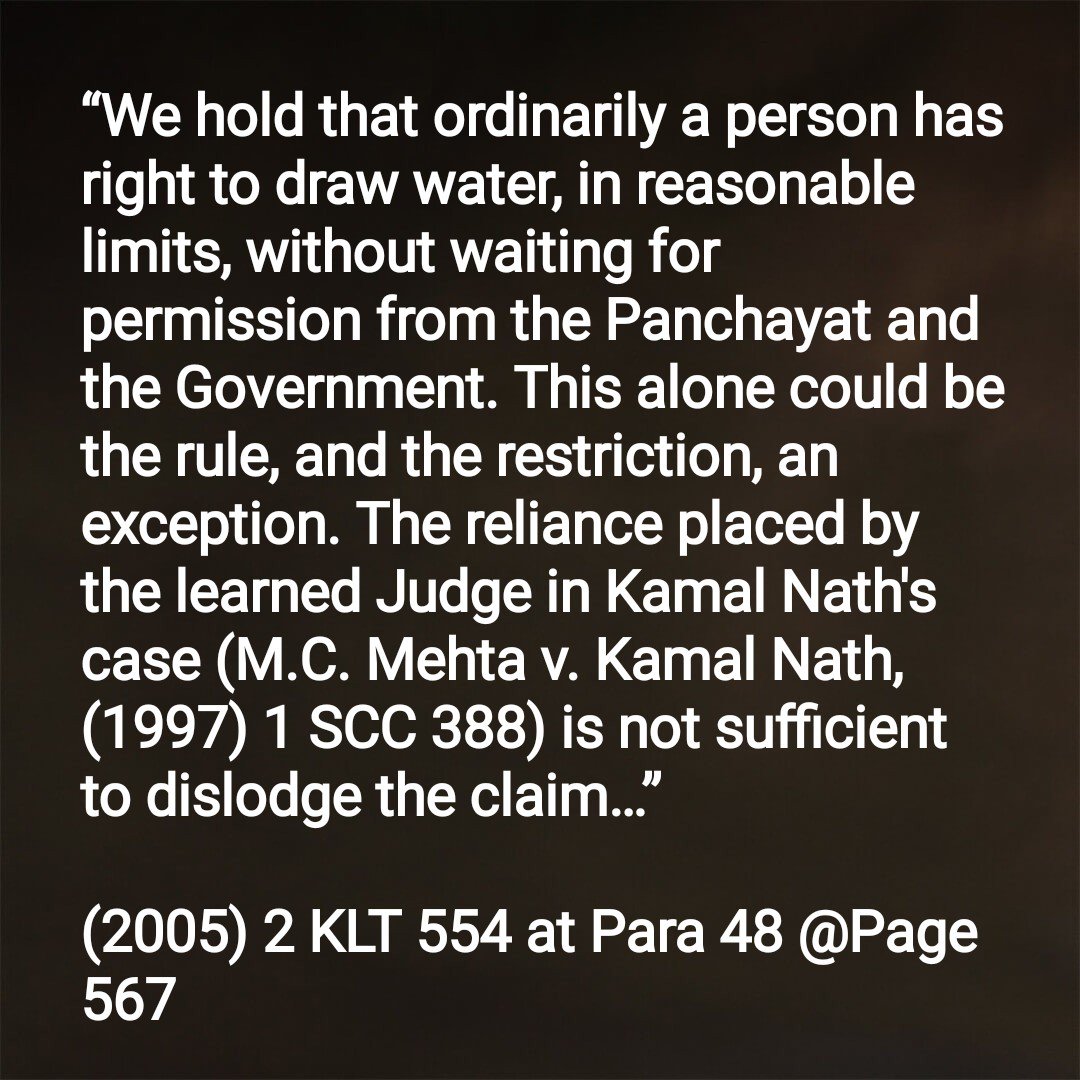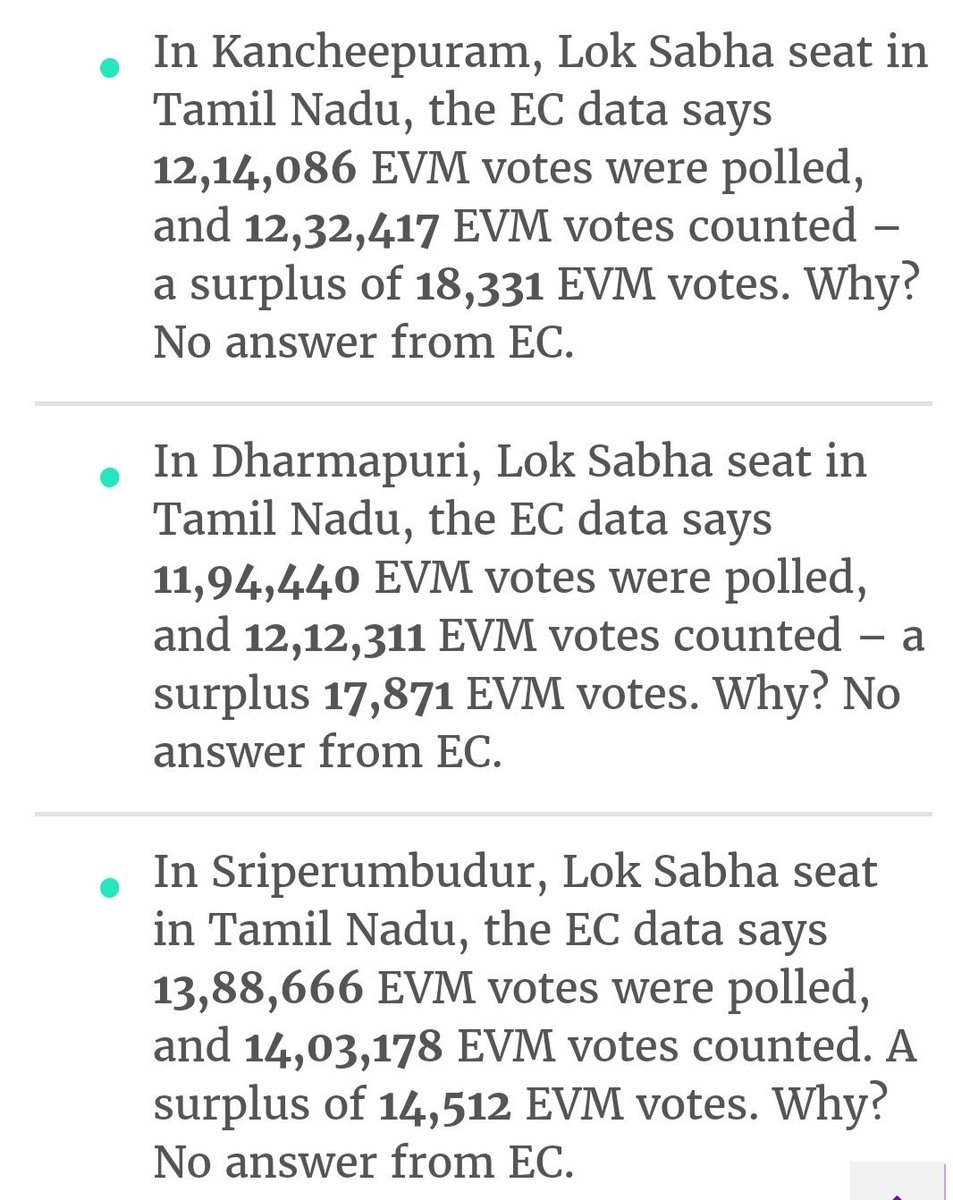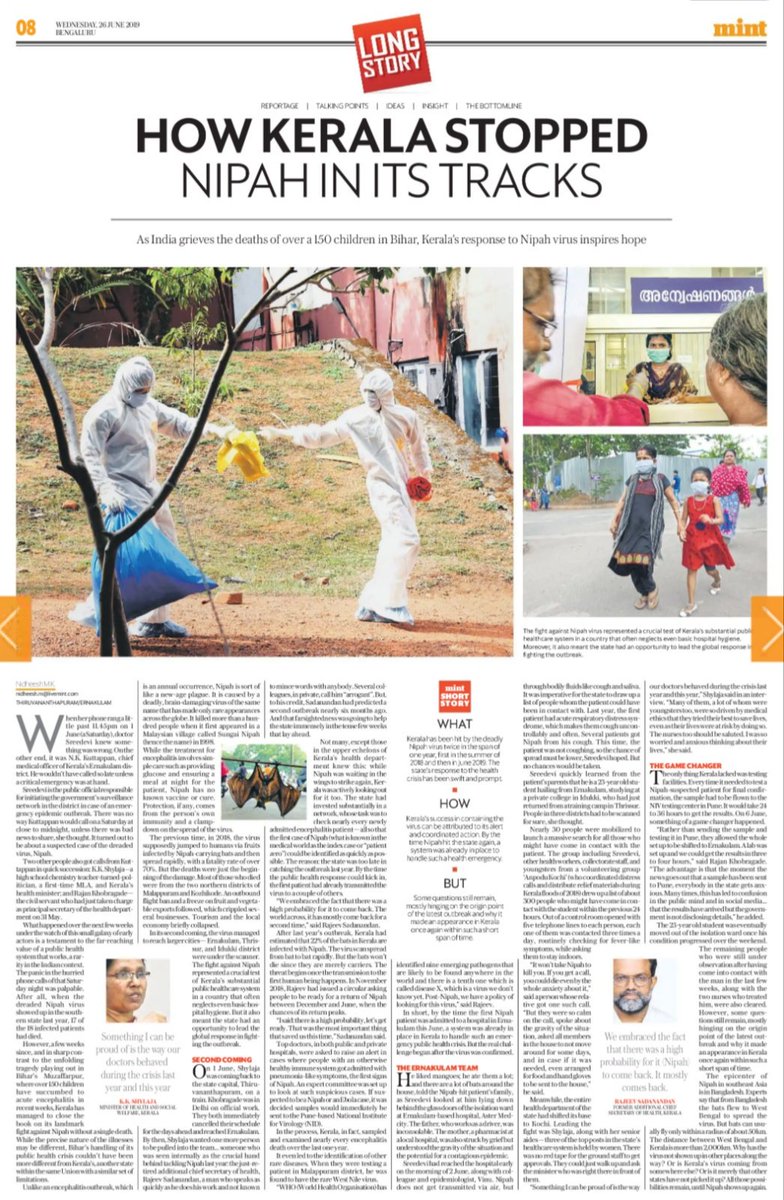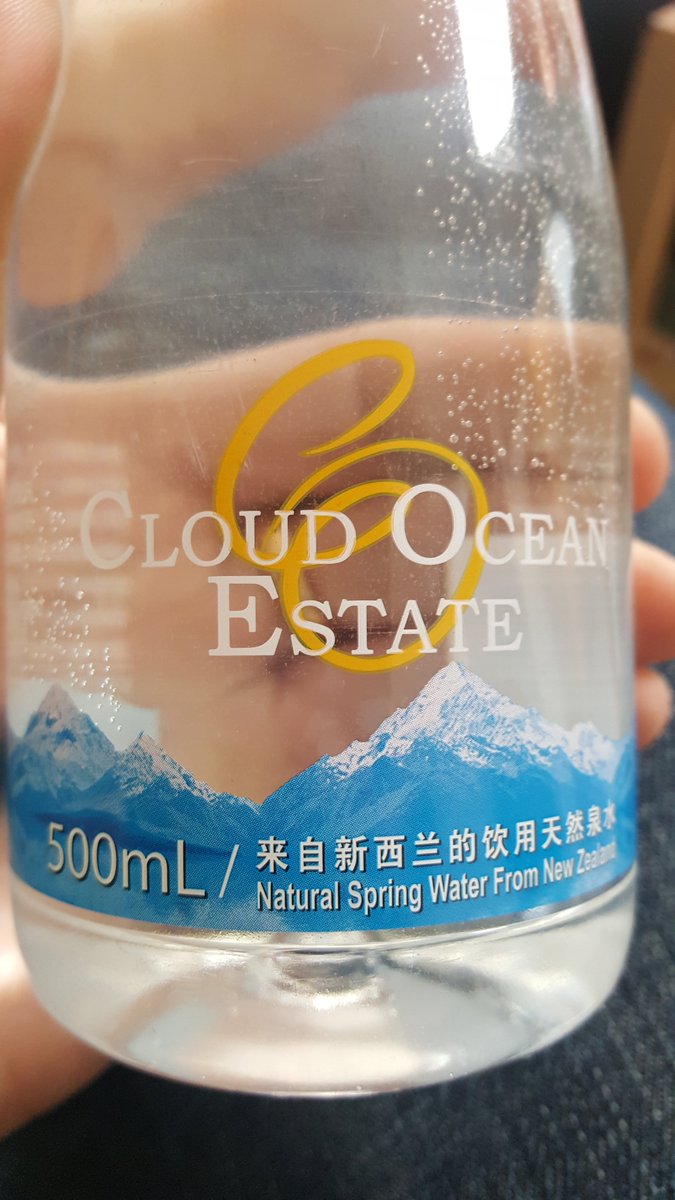Jalasamrudhi, a rainwater conservation scheme launched in June 2016, used the concept of storing rainwater and releasing it back into the ground. thenewsminute.com/article/how-6-…
I spent couple of days with the hydro-geologists of state ground water department to understand the nuances.
Though I am very familiar with the surface water and its availability issues, my knowledge base on ground water was very limited
Our main problem is reduction of recharge due to many manmade interventions such as wetland reclamation, change in land use, etc
This is just 6.7% of the surface water runoff.
Due to our steep sloping topography, more than 80 percent of the rainwater do not get sufficient residence time to replenish the ground water before draining into Arabian Sea.
As per the national criteria, this is well within the safe recharge limits of 70 percent.
While out of the total 6584 blocks in India, 1034 blocks are qualified as critical, ie, 16 percent.
Out of total 1139 blocks in Tamil Nadu, 358 blocks have been categorized as ‘over exploited’ as per CGWB.
But over exploitation for agriculture is creating spatial ground water problems there.
Many ask why cant you store more water? Answer is our reservoir options are very limited.
Let me explain
In the coastal areas, the reservoir options are almost nil.
But 26.6% of the geographical area of our state is covered by forests, mostly in highlands.
Hence development of reservoirs at there needs a balancing act between conservation of forests and dire needs of the population.
For construction of borewell/tubewell, a NOC from GWD is mandatory as per Kerala Building Rules Section 93A(1).
Any industrial unit requires more than 5000 lit/day is termed as water intensive project & mandates clearance from State GWA.
Though the regulations are in place, its actual implementation by local bodies are not upto the mark.
The news article shared by me is a further enhancement of the Haritha Keralam initiative.
Globally in various cases Courts have reinforced State’s eminent domain over surface water and its absolute right to regulate its appropriation and use.
But in case of ground water, it's still evolving.
Yep, the famous Coca Cola case and the judgements of Single Bench and Division Bench
I done my own legal research, thanks to Senior Adv @mohankatarki who taught me how to do that.
Very glad to share these things with you all.













